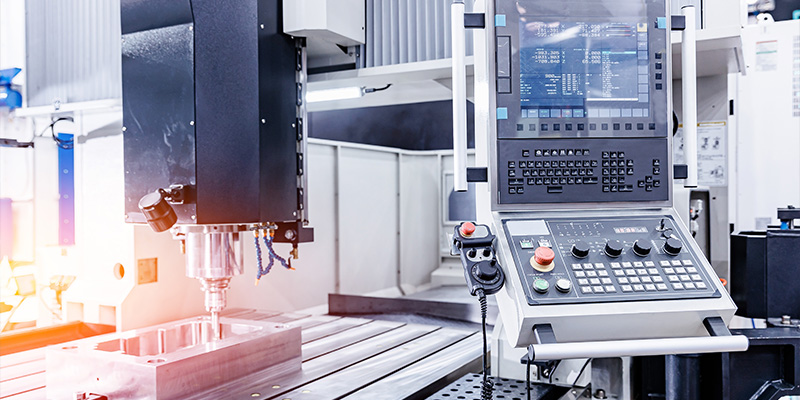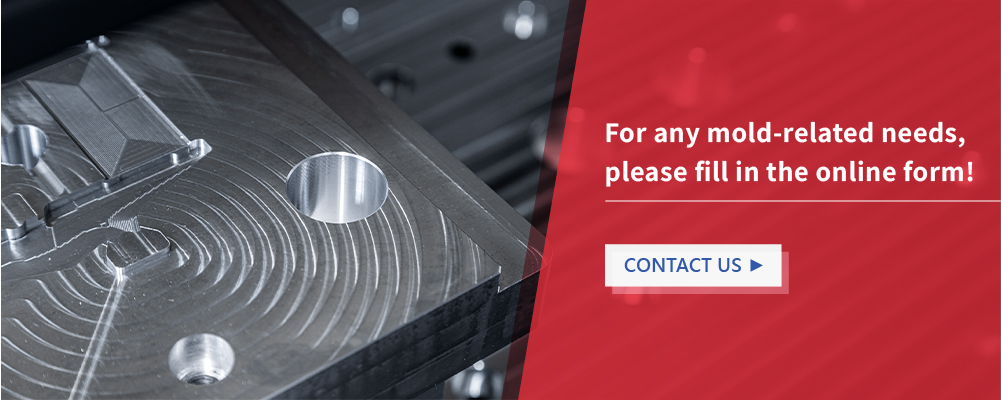BLOG
At the Core of Efficient Precision Manufacturing
May 26,2025

In advanced industrial manufacturing, die-casting molds serve as a crucial foundation for high-performance production system. Whether it's automotive components, consumer electronics casings, or hardware tools, die-casting offers high-efficiency and high-accuracy fabrication at scale. The quality of the mold directly determines the stability of the die-casting process and the consistency of the final products. This article will guide you to explore four key features of die-casting molds and how they serve as the cornerstone of precision production.
Die-casting molds are not just the foundation of manufacturing—they are the key to consistent quality and elevated efficiency. As the industry moves toward greater intelligence and more precise manufacturing, mold technology continues to evolve. Only by thoroughtly understanding of mold structure, materials and management strategies can stay ahead of the curve.
Related Link: Services
1. Resistance to High Pressure and Temperature
Die-casting molds must withstand the intense pressure and heat generated during the high speed injection of molten metal that temperatures often reaching over 600°C. Mold steels must be possessed of excellent thermal fatigue resistance and high hardness to prevent cracking, deformation, or wear down over time. Commonly used materials such as H13 or SKD61 are high-performance hot-work tool steels that significantly extend mold life and reduce maintenance and replacement costs.2. High-Precision Design and Manufacturing
Die-cast products demand high dimensional accuracy and surface quality, requiring flawless mold design. From cavity geometry and gate layout to venting and cooling systems, every detail must account for metal flow and heat transfer efficiency. With CNC machining and EDM, manufacturers can achieve micron-level tolerances to ensure consistent quality in every cast part.3. Short Cycle Time and High Productivity
One of the greatest advantages of die-casting mold is its ability to produce complex metal parts in high volumes within a short time. A well-designed mold supports automated production, significantly reducing cycle time and maximizing throughput per unit time. For high-volume manufacturers, this translates into lower production costs and faster delivery schedules.4. Mold Maintenance and Lifecycle Management
Die-casting molds are high-value assets, it is crucial to have the molds with proper maintenance and lifecycle management. Through post-treatment processes such as protective coatings and heat treatment, and regular servicing, mold fatigue and wear can be effectively slowed down. Moreover, modern die-casting plants also adopt lifecycle tracking systems, through shot statistics and mold condition monitoring to take preventive actions before failures occur, ensuring interrupted production.Die-casting molds are not just the foundation of manufacturing—they are the key to consistent quality and elevated efficiency. As the industry moves toward greater intelligence and more precise manufacturing, mold technology continues to evolve. Only by thoroughtly understanding of mold structure, materials and management strategies can stay ahead of the curve.
Related Link: Services


